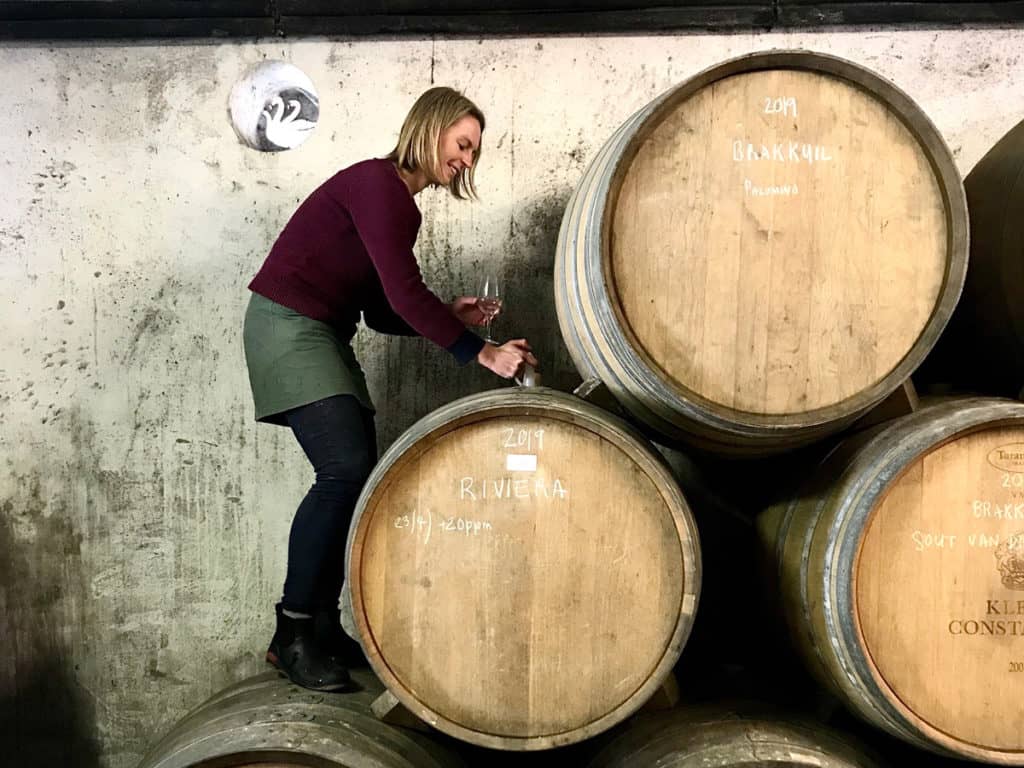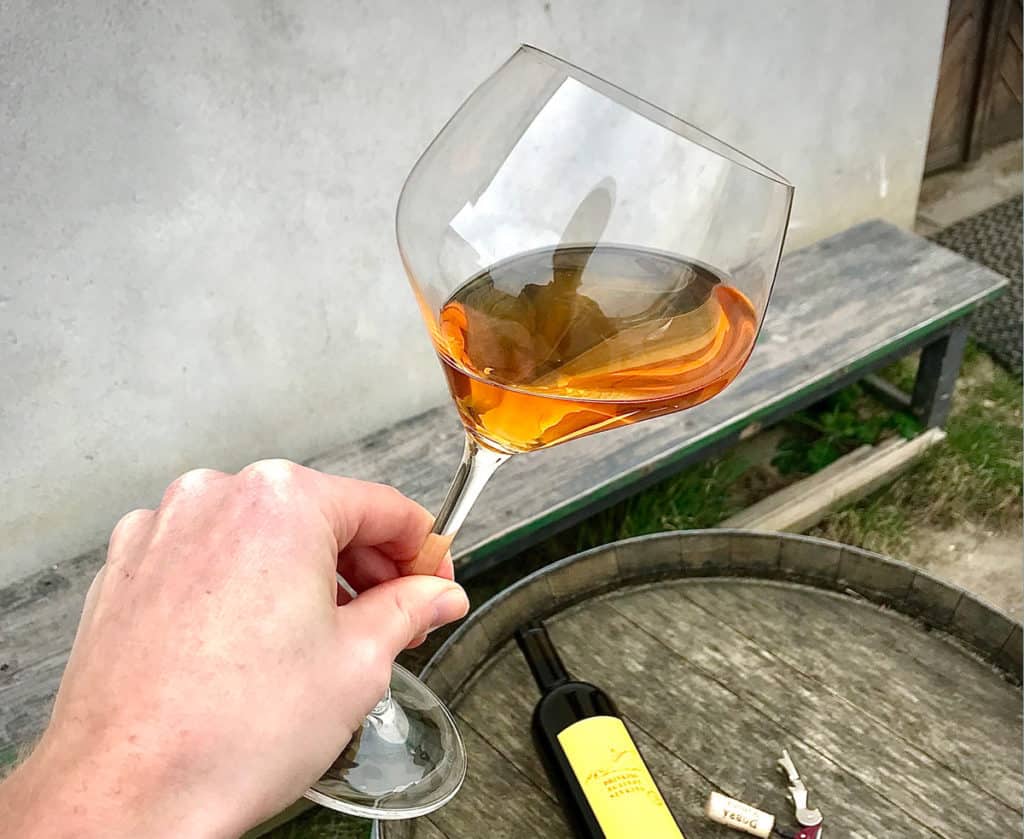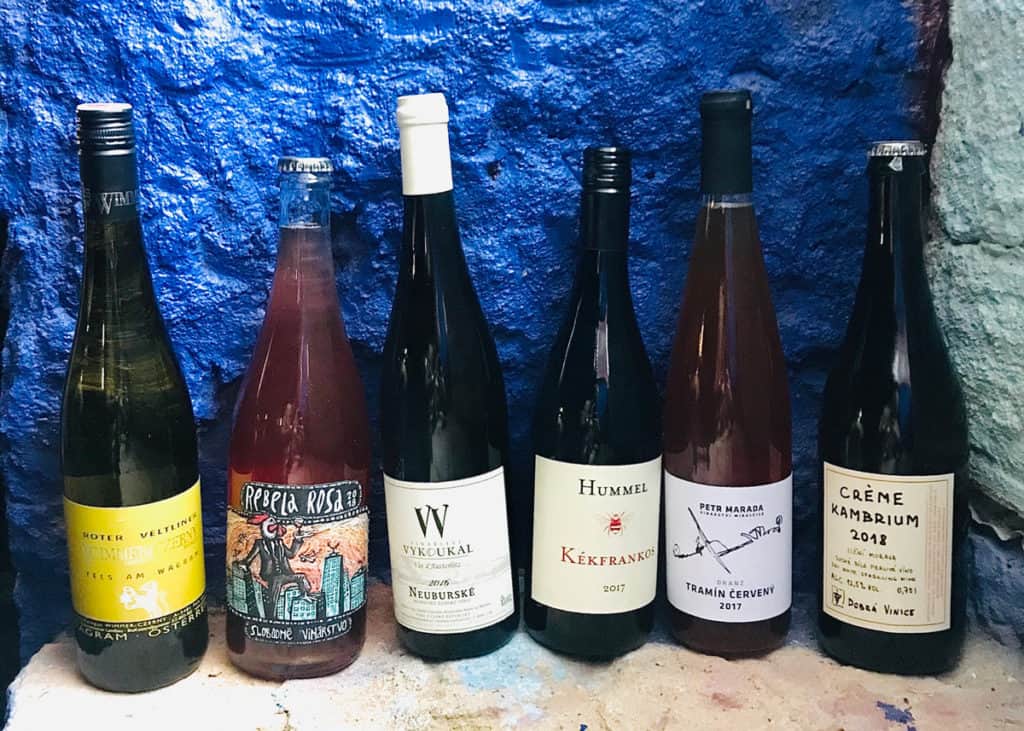Over the last couple of years, shifting consumer preferences and the progressive nature of the specialty coffee industry has dramatically changed the character of coffee.
Regular coffee drinkers have become more interested in their beverage’s quality of taste, its origin, and both the social and environmental impact of its production – and so have I. That’s why I spent the last six years working as a barista and roaster, aiming to connect the general public with our world of speciality coffee.

I became very curious about two particular elements of speciality coffee; analysing it as a sensory experience, and coffee production chains. So, after travelling to several coffee origin countries, I went on to study Agriculture and Business at Mendel University in Brno, Czech Republic.
The fact that I live in South Moravia – a famous wine-producing region – combined with my passion for high-quality consumables and their unique sensory experiences, drew me into the culture of natural wine. I believe that every specialty coffee person should know about this phenomenon too.
Professional barista knows more than coffee
In a speciality cafe, the barista is usually the one who follows all of the latest trends in the coffee industry, who is constantly learning and then sharing their knowledge and experiences with customers. There is no doubt that the majority of specialty coffee baristas are passionate and very well-informed about coffee production, processing and brewing, which helps them to properly meet a customer’s requests. I believe that a well-brewed and nicely presented cup of coffee has, luckily, become an ordinary experience in progressive hospitality businesses. Yet, there are other products where this is not yet the case, that deserve more attention.
Coffee is usually not the only drink available on a specialty cafe’s menu, and the professionals working there are expected to show an understanding of many other premium products. To be honest, it saddens me to see a solely coffee-focused team behind the bar, showing no interest in other drinks. On the other hand, I have visited several great coffee shops – such as Lowdown Coffee in Edinburgh, Happy Baristas in Berlin or FACH in Bratislava – where every single item on the menu mattered, natural wine included!
A brief history of natural wine
Isn’t all wine natural? That is the question I often hear. The consumption of wine as an alcoholic beverage is an old pastime. The earliest evidence comes from Georgia 6000 BC and from there, grape cultivation and wine making know-how spread to Southern Europe.
Back in those days, wine was produced naturally using pressed grape juice as its single ingredient. Then, as the juice fermented the miracle happened – wine was born.
Over time, the industrialization and general sophistication of the agricultural sector has meant that wine production has been increasingly pushed to achieve higher yields. In order to satisfy the rapidly growing European demand for wine at the beginning of the 20th century, the production of both grapes and wine became less and less natural. Why? One of nature’s most romantic qualities is its unpredictability, which also brings unwanted economic risks. Therefore, much of nature’s behaviour was suppressed or modified in wine production, in order to decrease production costs, increase the product’s traceability and to ensure wine making’s stability.

AA Badenhorst winery in South Africa.
Unlike with ‘speciality coffee’, there is no specific definition for what classes as ‘natural wine’. The lack of a proper definition here sometimes feels counter-productive. However, on the other hand, it gives a freedom of expression for everyone who really believes in the product and its principles. All winemakers agree that natural wine must be made of organically or biodynamically produced and hand-picked grapes, usually from dry-farmed and low-yielding vineyards. The terroir and the vintage character of the grapes is fully respected when you avoid using cultivated yeast (in naturalisation, fermentation uses the original bacteria from the vineyard and cellar), acidity adjustments, extra sugar, or additives to alter the wine’s color, mouth-feel, minerality, flavours or aroma.
Natural wine is usually unfiltered (which results in its characteristic cloudiness), unrefined, and stabilized with a minimum amount of added sulfites. It is becoming very common to avoid the artificial use of sulfites completely, yet some sulfites are unavoidable, because they are naturally created in wine during the fermentation process. Processes of skin maceration and micro-oxygenation can be also used to preserve wine naturally.
Specialty coffee vs Natural wine: Similarities & differences
So, let’s talk about how natural wine links to speciality coffee, focusing on its character, culture and its origin. Natural wine, without doubt, receives great attention from both winemakers and discerning consumers alike, and goes hand in hand with the culture of specialty coffee.
The specialty coffee and natural wine industries can be seen to have many similarities in various fields; natural wine is another very progressive industry, with agricultural roots and a clear place in high quality hospitality venues. When you think about the faces operating behind both industries, we think of people who are driven by their passion for what they are doing. They are, not only trying to create the highest quality and best tasting product, but are seeking sustainable and honest methods of production, with positive social and environmental impacts.

Another important similarity can be seen in the struggle between a mainstream, quantity-oriented industry and a niche market within it, where actors pay attention to more minute “details” like harnessing unique flavours, achieving process transparency or an eco-friendly approach.
In the wine culture, there has always been a demand for quality. Most consumers understand the real value of wine, so are usually willing to pay proportionately – low prices for a poor quality wine and higher prices for a good quality wine. I believe that coffee consumers will get to this level too. It just needs a lot of patience, explanation and effort.
What the heck is orange wine?
Natural wine can, as with more common wines, come in either white and red. Besides these typical styles, you can enjoy more exotic styles of wine, such as orange wine, which is a white wine processed in the way of a red wine. After the grapes are picked, the berries are crushed and the juice kept on the skins to let the wine macerate. During the maceration process, the clear juice absorbs dyes from the grape skins and receives a golden-orange hue. Such a wine has a higher body, pleasant tannins and usually a zesty aroma.

Another popular style of natural wine is Pét-Nat (pétillant naturel), which can be translated as a “naturally sparkling” wine. The fizzy character of this wine is created by carbon dioxide. The fermenting wine is bottled just before the end of the primary fermentation, and the rest of the process creates carbon dioxide in the bottle. This method can sometimes be a little bit risky, and the winemaker attempting this must really know the potential of their grapes and bacteria.
These wines are difficult to repeat from vintage to vintage, which makes each one unique. They usually taste very alive – juicy with fruity and floral aromas. The overall sensory impression gained when drinking natural wine is one which is deeper, more complex and original with each bottle.
The bright future of the natural wine movement
Today, a small percentage of global wine production is made with respect for its nature and terroir. But the production of natural and mainstream (commodity) wine is not a black’n’white issue. It’s a sliding scale – some winemakers lean more towards one end, some more towards the other.
Today, we can see more and more producers changing their thoughts around what their wine should taste like and what it should represent. Some of the mainstream wineries are aware of the movement and so try to incorporate some authentic techniques into their production such as spontaneous fermentation or organic farming.
How to pick a bottle of natural wine?
When buying a bottle of wine, it’s not easy to tell whether it’s a natural wine or not, and, before you try it, whether you will like the taste. A reliable sign of quality is a certification like the Demeter logo, which guarantees that the wine was produced biodynamically. The best thing you can do is to choose wine from wineries with a good company name, and pick your bottle based on the experts’ recommendations. Or, just spend an evening in your local natural wine bar and find your favourites for yourself!

There are lots of dedicated natural wine festivals all around Europe, which provide fantastic opportunities to explore the wide range of naturally produced wine – usually as part of your ticket you are welcome to taste as many samples as you can handle!
You’re welcome to visit our Natural Wine Fest in Brno, and during summer, you shouldn’t miss July Rendezvous, which is a really easy-going Moravian natural wine festival in Velké Bílovice.

